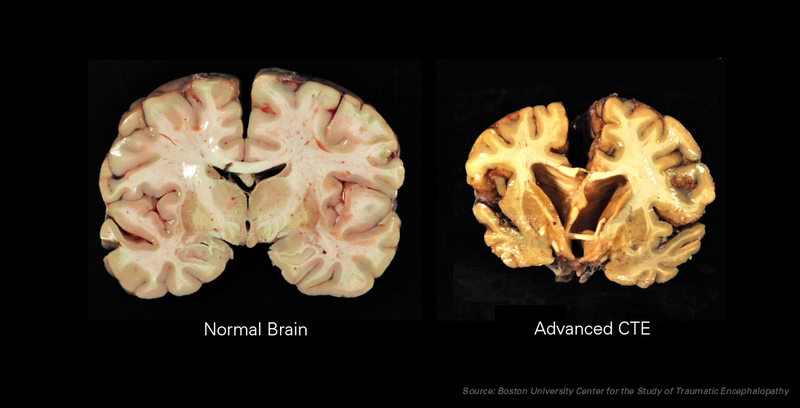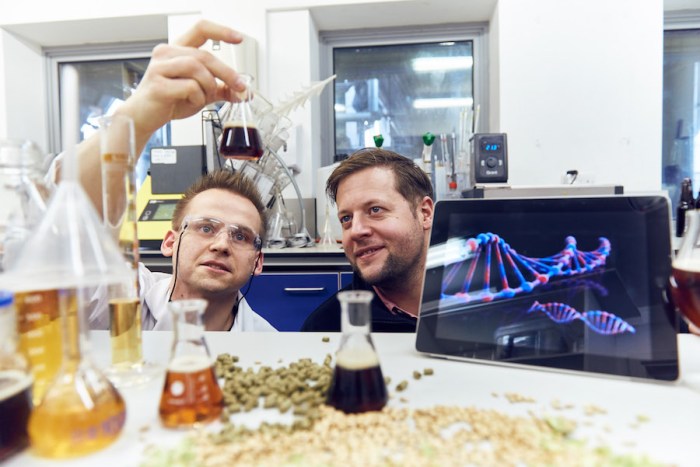Boston University has been leading the research on chronic traumatic encephalopathy, or CTE, and they may have just made a breakthrough after identifying a possible way to diagnose CTE in living patients.
CTE is a progressive degenerative brain disease often found in those who suffer repeated head trauma, like football players. Most recently, it was confirmed that former Patriots player Aaron Hernandez had an advanced stage of CTE after researchers examined his brain posthumously.
That’s the thing — so far, medical professionals have only been able to diagnose CTE after someone has died. The new discovery means that potential treatments could be developed to help those suffering from CTE, researchers said, and even to possibly prevent the condition.
“This is a step forward from our knowledge gained in understanding CTE from brain donations,” Ann McKee, study senior author and Director of BU’s CTE Center told BU Today. “It’s a hopeful step. The whole point is to understand as much as we can from the individuals who’ve fallen, so we can apply it to our future veterans and athletes.”
In the study, published in the Public Library of Science’s journal, PLOS ONE, on Wednesday, researchers identified a biomarker, protein CCL11, that may help distinguish between CTE and Alzheimer’s disease. Both conditions often have similar symptoms, researchers say, and Alzheimer’s also can only be diagnosed via an autopsy.
Researchers studied the brains of 23 former college and professional football players for the study, comparing them to the brains of 50 people who had Alzheimer’s and were not athletes, and to 18 control people who were not athletes.
“Significantly elevated” levels of that biomarker, CCL11, were found in the brains of people with CTE.
“By making it possible to distinguish between normal individuals, individuals with Alzheimer’s disease, and CTE, therapies can become more targeted and hopefully more effective,” study author Jonathan Cherry said in a statement.
Researchers also compared how high that CCL11 level was to how long those people had played football, and found a positive correlation between the two.
The presence of CCL11 may be able to help in detecting CTE in a live patient, according to the study, since they were able to identify the biomarker through a cerebrospinal fluid sample. This can be taken in a live patient through a lumbar puncture, also known as a spinal tap.
Though the findings are important, they’re a building block — more research is needed, BU said, to see if higher levels of CCL11 happen earlier or later in the CTE process and if those levels can predict how severe someone’s disease will be. BU researchers have previously identified four stages of CTE.
Though the scientific discovery could help athletes, it may not be good news for the NFL. Andrew Brandt, former vice president for the Green Bay Packers and current columnist at Sports Illustrated’s MMGQ, pointed out in a tweet that CTE still isn’t a covered condition in the NFL’s concussion litigation settlement.
“I see a new motion or refiling, in the distance!” former NFL player Seth Joyner said in response to Brandt. “This could be a game changer, the NFL’s worst nightmare!”



















